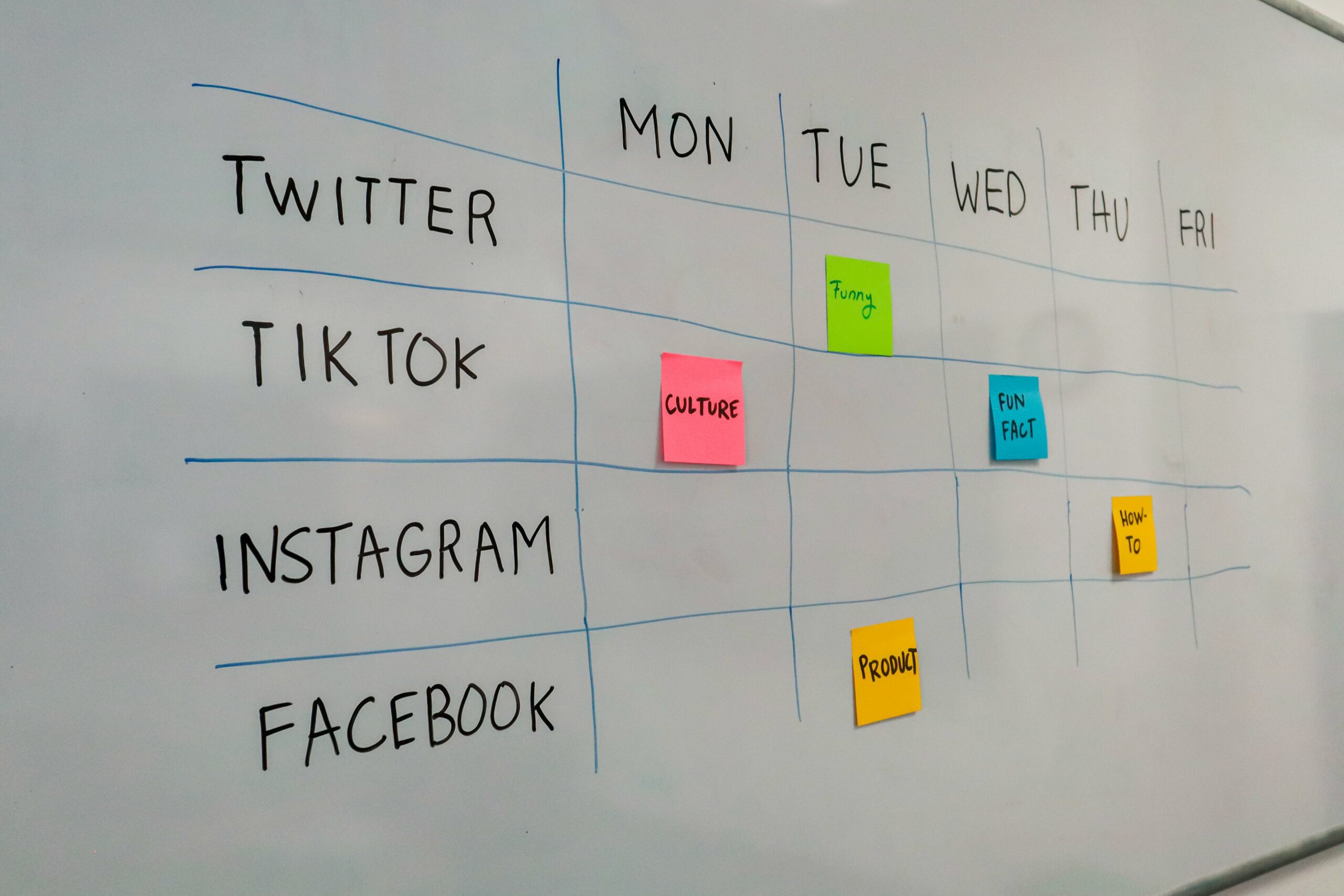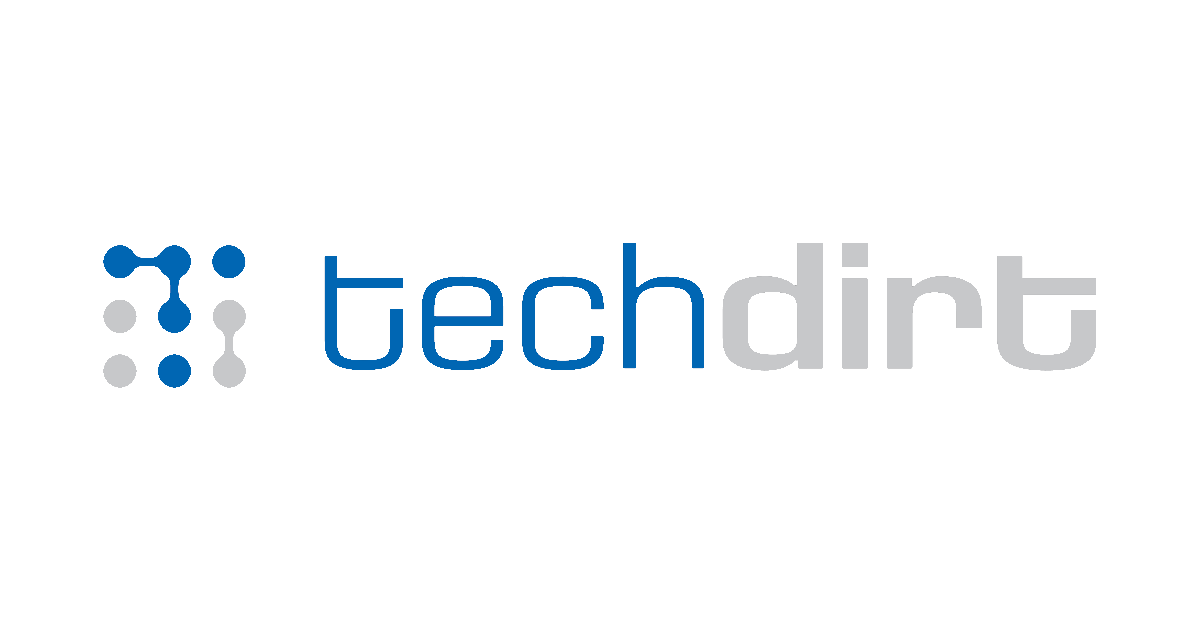- Digital Media Products, Strategy and Innovation by Kevin Anderson
- Posts
- Copy this: The FT's newsletter development and launch playbook
Copy this: The FT's newsletter development and launch playbook
How The Independent measures engagement
In an excellent product management case study, Sarah Ebner of the FT writes about the development of its fashion newsletter, which has become the most opened newsletter in its stable. Ebner has a newsletter pitch document to ensure that the propositions are well thought out, and the FT did market research to ensure there was demand for it. She also went through her launch strategy, which made sure that the newsletter enjoyed healthy growth. It’s a solid playbook.
In another practical piece, Peter Bale reviews how The Independent measures engagement. It allows them to give every user a score, and it is relatively easy to calculate. As Peter says, the metric allows the news site to measure both the propensity to register and subscribe while also optimising advertising yield.
As a business school graduate, this brought back memories of the strategic management course. The Fix has an excellent rundown of major management frameworks such as PEST, Porter’s Five Forces and value-chain analysis and also a quick overview of resource-based view analysis and how to apply them to media management.
Ken Doctor has long been an important contributor to the conversation around local news sustainability, and this interview adds to his contributions to this complex effort. He says:
You cannot point to any digital news startup of scale that's trying to replace a daily newspaper that is profitable today. I can't find any. That doesn't mean they're not successful. They are meeting their missions. They are replacing the news function and information function, but they need more time.
I think the issue he highlights is around scale. Yes, there isn’t any local, digital start-up operating at a scale that will replace the newspapers in those communities, but there are interesting start-ups that are starting to put together new models. Most of them remind me of Clay Christensen’s model of disruptive innovation. They are low-scale, low-cost operations that usually begin with a newsletter and move up the value chain from there.
In the US, philanthropic launch money is there, but he says that it will take time to rebuild the lost journalism capacity that was once there.
Just as there is a lot to learn from the FT’s newsletter playbook, for those working in the verification space, there are a lot of lessons in this post. The first is to be sceptical and curious. I did verification work for more than a decade work when I was doing some consulting with Al Jazeera, and we used online research and technical means, such as looking at the EXIF data. Now, the verification methods are much more sophisticated because the techniques for misinformation disinformation are much more sophisticated.
One of the stories making the rounds this week was how The Messenger was starting to circle the drain. It was launched by The Hill owner Jimmy Finkelstein, but for anyone working in digital media over the past decade, the entire premise sounded very unlikely to work. The audience development goals and plans were grounded in the market more than a decade ago in which social media could deliver tremendous scale. The editorial strategy and poor management alienated staff almost immediately. This comes from Techdirt so expect it to be full of snark.
AI this week: Gannett accused of using AI to generate reviews, more AI coming to Facebook
Unionised workers at Gannett’s review site have accused the parent company of using AI to generate reviews after they walked off the job on a busy shopping day earlier this year. It now looks like the reviews came from a marketing agency, which has been used by both Gannett and McClatchy. But the question still remains of whether the marketing firm used AI to generate these really quite poor quality reviews.
I am seeing AI everywhere. We use Hubspot at work to send out our newsletter, and they have AI writing tools included. They aren’t too bad, and I have been using it to root out some bad writing habits that have developed over time.
Meta is bringing AI tools to profile pics and post writing. Is this like the moment when calculators became widespread and students started using them in math classes? Something to ponder on the weekend.







